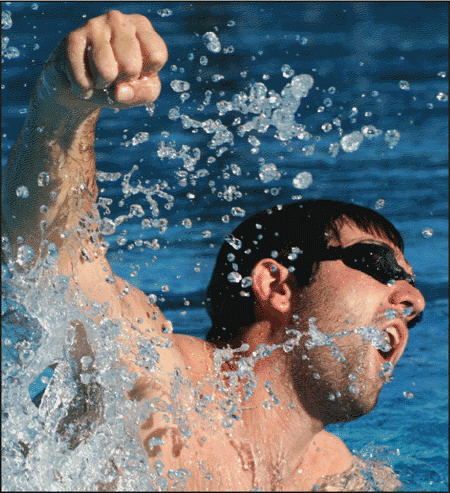If the eardrum is not intact, however, he recommends the use of a floroquinolone topical agent combined with a steroid. Floroquinolones, although not contraindicated as first-line therapy, cost more than the other topical agents; therefore, Dr. Rutka emphasized the need to consider their cost if other therapies are equally efficacious.
Explore This Issue
June 2009Despite reports on ototoxicity with the aminoglycoside agents, these agents continue to be widely used as first-line treatment for acute otitis externa, according to Dr. Roland. Although he has not personally used these agents for more than 20 years to treat this condition, as he uses quinolone drops, he said that the continued use of these agents is largely based on their cost-they are cheaper than the other agents.
For otolaryngologists who continue to use these potentially ototoxic agents, it is critical that they assess whether or not the eardrum is intact. Although visual examination can show this, in many patients this is not possible, given the severe swelling in the ear. In these patients, assessment should include a history of the patient that includes information on past history of perforated eardrum, tubes in the ear, or questions that can help identify with reasonable certainty that the eardrum is intact.
According to Gerard J. Gianoli, MD, an otolaryngologist at the Ear and Balance Institute in Baton Rouge, LA, however, otolaryngologists have been using these antibiotic agents for decades, even in patients with a hole in their eardrums. From a practical standpoint, these patients often have so much swelling that the antibiotic never gets into the middle ear, even with a hole in the eardrum, he said. Many otolaryngologists have never seen a case of toxicity even in these patients, while others have seen a couple cases that have scared them. Prudence dictates avoiding the use of ototoxic drops when the eardrum is not intact, especially since there are now good alternatives that weren’t available in prior decades.

Despite the long practice of using antibiotics in patients even with perforated eardrums, the new practice guidelines recommend avoiding these antibiotics if a perforated eardrum is suspected.
Regardless of the type of agent, many otolaryngologists recommend the addition of a steroid to reduce the swelling to allow the topical agent to penetrate to the middle ear, as well as to more quickly reduce pain. For patients with considerable swelling, the topical agents should be delivered on the tip of a wick inserted into the ear to ensure that the agent reaches the middle ear.
Leave a Reply